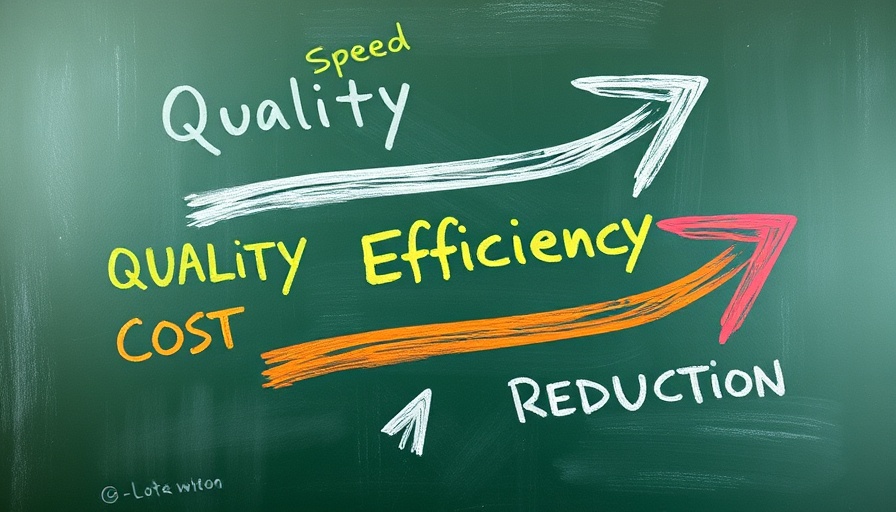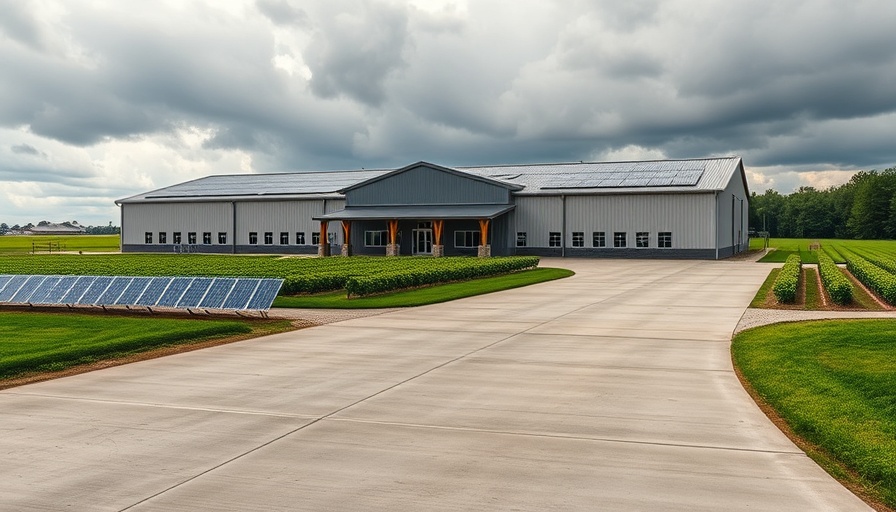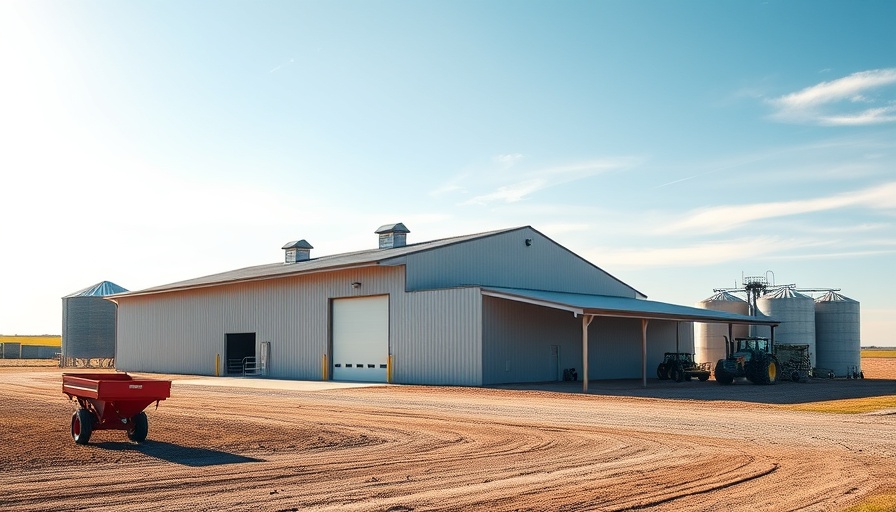
Unlocking Success: The Crucial Role of Cost Performance Index in Project Management
In the competitive realm of project management, tracking and controlling costs are non-negotiable aspects that directly influence project outcomes. Enter the Cost Performance Index (CPI), a pivotal metric that offers managers a lens into their project’s financial efficiency. By comparing actual costs incurred against budgeted costs, CPI provides essential insights for decisions that ultimately dictate timelines and resource allocations.
Understanding Cost Performance Index: More Than Just a Number
The Cost Performance Index is a quantitative measure that reflects the efficiency of a project's budget management. Specifically, it calculates whether the project is performing under or over budget by comparing the Earned Value (EV) – the value of work completed – to the Actual Cost (AC) incurred. A CPI greater than 1 indicates effective cost management, while a CPI less than 1 signals potential overruns or issues that require immediate attention.
The formula for calculating CPI is straightforward: CPI = Earned Value / Actual Cost. Understanding this metric is crucial for all project managers as it not only informs ongoing execution but also enhances the ability to forecast financial outcomes and assess the overall health of a project.
Why CPI Matters: Impacts on Decision-Making and Project Success
The implications of the Cost Performance Index extend far beyond mere calculations. For business owners and project managers, a keen understanding of CPI can be transformational. By actively monitoring CPI, managers can identify trends that highlight effective cost management or areas that necessitate improvements. This proactive approach serves as an early warning system against budget overruns, empowering managers to make informed decisions that ensure project success.
Actionable Insights: How to Improve Your CPI
Improving the Cost Performance Index isn't just about recalculating figures; it's rooted in strategic planning and adaptability. Here are some practical tips:
- Regular Monitoring: Continuously track CPI values throughout project phases to identify fluctuations and respond accordingly.
- Adjust Project Plans: Use CPI data to reallocate resources efficiently, ensuring that the project remains on track.
- Benchmarking: Compare CPI against industry standards and previous projects to set realistic performance expectations.
By implementing these strategies, project managers not only enhance their project's chance of success but also foster a culture of accountability and continuous improvement.
Risks and Challenges: What CPI Reveals
While CPI is a powerful tool, it also sheds light on potential risks. Understanding the pitfalls can save costly errors. CPI calculations that consistently fall below 1 may indicate deeper systemic issues like poor resource allocation or ineffective contractual agreements. Addressing these risks early on is crucial; otherwise, projects can descend into financial turmoil.
The Future of Project Management: Embracing Technology
As the construction industry evolves, technologies such as Building Information Modeling (BIM) and advanced project management software are redefining how CPI is utilized. These tools offer enhanced data analysis and visualization techniques, enabling managers to make more informed decisions based on real-time data, thereby improving CPI outcomes significantly.
For business owners, property developers, and facility managers, grasping the significance of the Cost Performance Index is indispensable. As costs rise and project timelines tighten, leveraging tools like CPI can unlock a pathway to sustained project success, reinforcing the importance of strategic financial management. Stay ahead in your project management journey by prioritizing CPI in your financial assessments.
Call to Action: Stay informed on emerging trends in project management by following our insights and ensure your projects never veer off budget. Join our community today!
 Add Row
Add Row  Add
Add 




Write A Comment